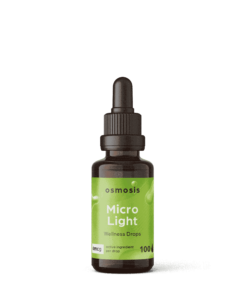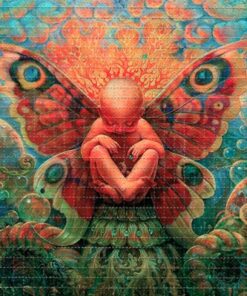What you need to know about LSD (Lysergic acid diethylamide)
Lysergic acid diethylamide, commonly known as LSD (from German Lysergsäure-diethylamid), and known colloquially as acid or lucy, is a potent psychedelic drug. Effects typically include intensified thoughts, emotions, and sensory perception. At sufficiently high dosages, LSD manifests primarily mental, visual, and auditory hallucinations. Dilated pupils, increased blood pressure, and increased body temperature are typical.
Effects typically begin within half an hour and can last for up to 20 hours (although on average, experiences last 8–12 hours). LSD is also capable of causing mystical experiences and ego dissolution. It is used mainly as a recreational drug or for spiritual reasons. LSD is both the prototypical psychedelic and one of the “classical” psychedelics, being the psychedelic with the greatest scientific and cultural significance. LSD is synthesized as a solid compound, typically in the form of a powder or a crystalline material. This solid LSD is then dissolved in a liquid solvent, such as ethanol or distilled water, to create a solution. The liquid serves as a carrier for the LSD, allowing for accurate dosage and administration onto small pieces of blotter paper called tabs. LSD is typically either swallowed or held under the tongue. In pure form, LSD is clear or white in color, has no smell, and is crystalline. It breaks down with exposure to ultraviolet light.
LSD is pharmacologically considered to be non-addictive with a low potential for abuse. Adverse psychological reactions are possible, such as anxiety, paranoia, and delusions. In rare cases, LSD can induce “flashbacks“, known as hallucinogen persisting perception disorder, in which a person experiences apparent lasting or persistent visual hallucinations or perceptual distortions, such as visual snow and palinopsia.

LSD is structurally related to substituted tryptamines, a class of compounds that includes psilocybin, the active compound found in psychedelic mushrooms. Thus, LSD shares some mechanisms of action and psychedelic effects with psilocybin and other tryptamines.
The effects of LSD are thought to stem primarily from it being an agonist at the 5-HT2A serotonin receptor. While exactly how LSD exerts its effects by agonism at this receptor is not fully understood, corresponding increased glutamatergic neurotransmission and reduced default mode network activity are thought to be key mechanisms of action. LSD also binds to dopamine D1 and D2 receptors, which is thought to contribute to reports of LSD being more stimulating than compounds such as psilocybin. Read More
LSD
LSD
LSD
LSD











